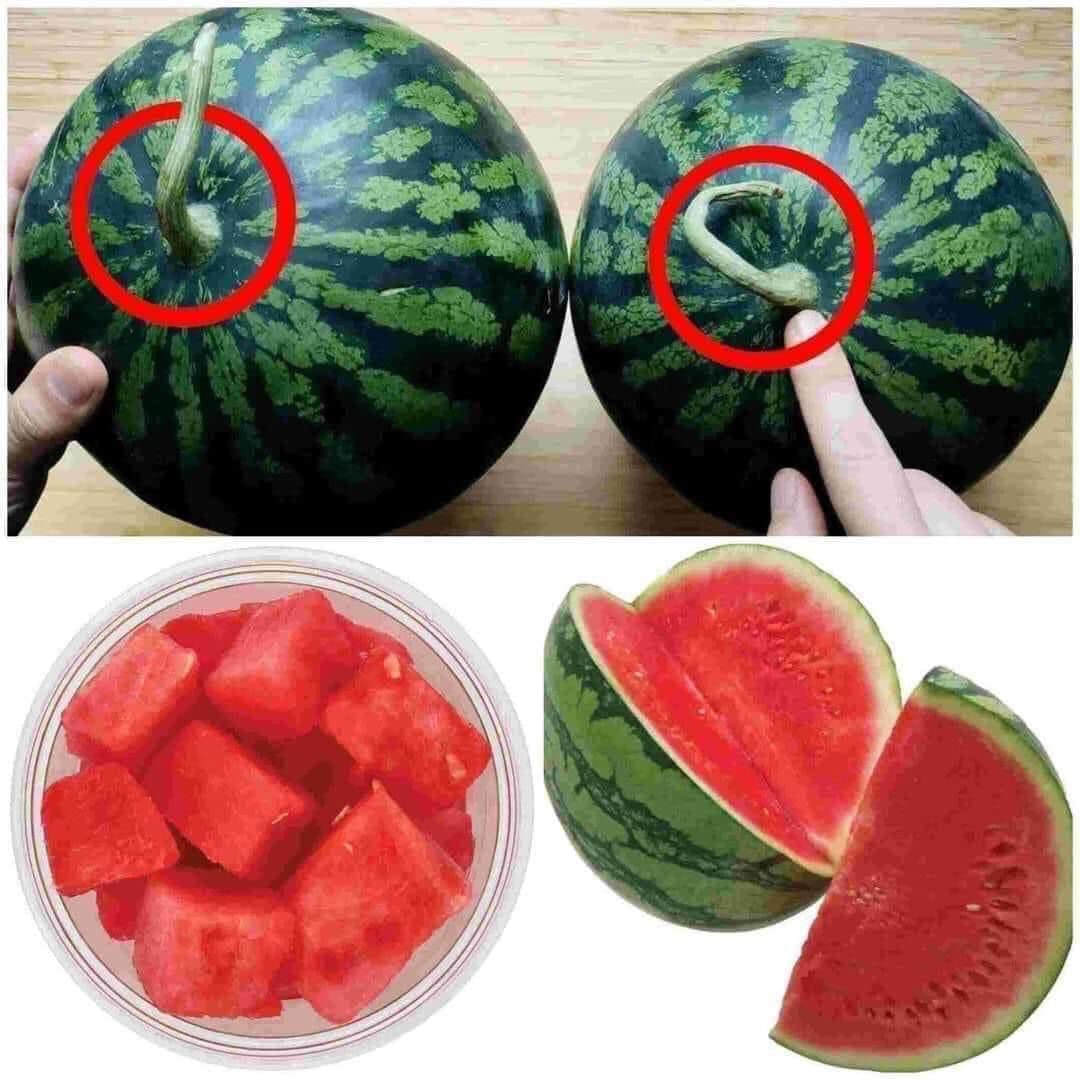Visual and Physical Clues for Sweetness
Look for the ‘Field Spot’: The field spot is the area where the watermelon rested on the ground as it was growing. Look for a watermelon with a creamy yellow or even slightly orange field spot. A white or light green spot often indicates under-ripeness.
Check the Weight: Pick up the watermelon; it should feel heavy for its size, which indicates it’s full of water and likely to be juicy and sweet.
Examine the Shape: Opt for a watermelon that is uniform in shape. Oddly shaped watermelons might be an indication that they grew unevenly, potentially affecting their taste and ripeness.
Sound Test 4. Tap It: Give the watermelon a tap or knock. A ripe, sweet watermelon will have a deep, hollow sound. Underripe or overripe melons tend to have a duller thud.
Check the Texture 5. Inspect the Rind: The rind of the watermelon should be relatively hard and not easily scratched. A firm rind indicates that the watermelon isn’t overripe.
Look for Sugar Spots and Webbing: Sugar spots and webbing (the brown, web-like streaks on the skin) are signs that sugars have seeped out and that the watermelon is sweet.
Storage and Usage Tips
Once you bring your perfectly picked watermelon home, keep it in a cool place. Refrigerate it once cut, and try to use it within a few days for the best flavor.
Watermelon is fantastic on its own, or you can add it to salads, blend it into smoothies, or juice it for a refreshing drink.
Conclusion With these handy tips, you’ll be able to choose a deliciously sweet watermelon with confidence. Remember to look for a good field spot, check the weight and shape, tap for a hollow sound, and inspect the rind and skin. Mastering these tips will make your next trip to the grocery store or farmer’s market a breeze, and you’ll be enjoying sweet, juicy watermelon in no time. Happy watermelon picking!

